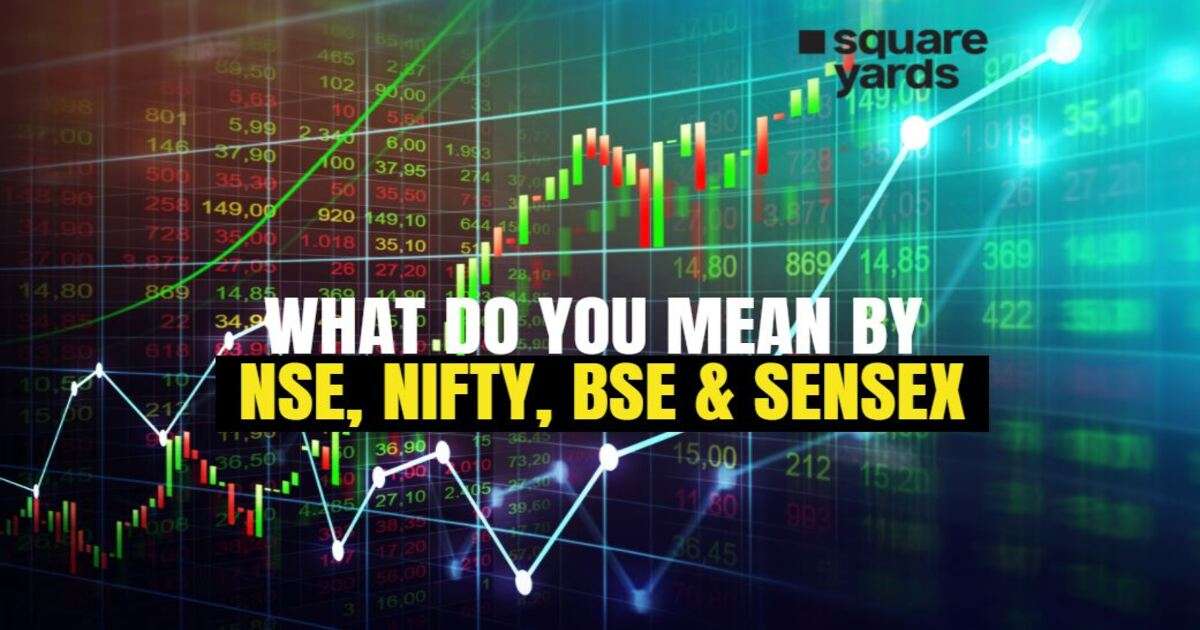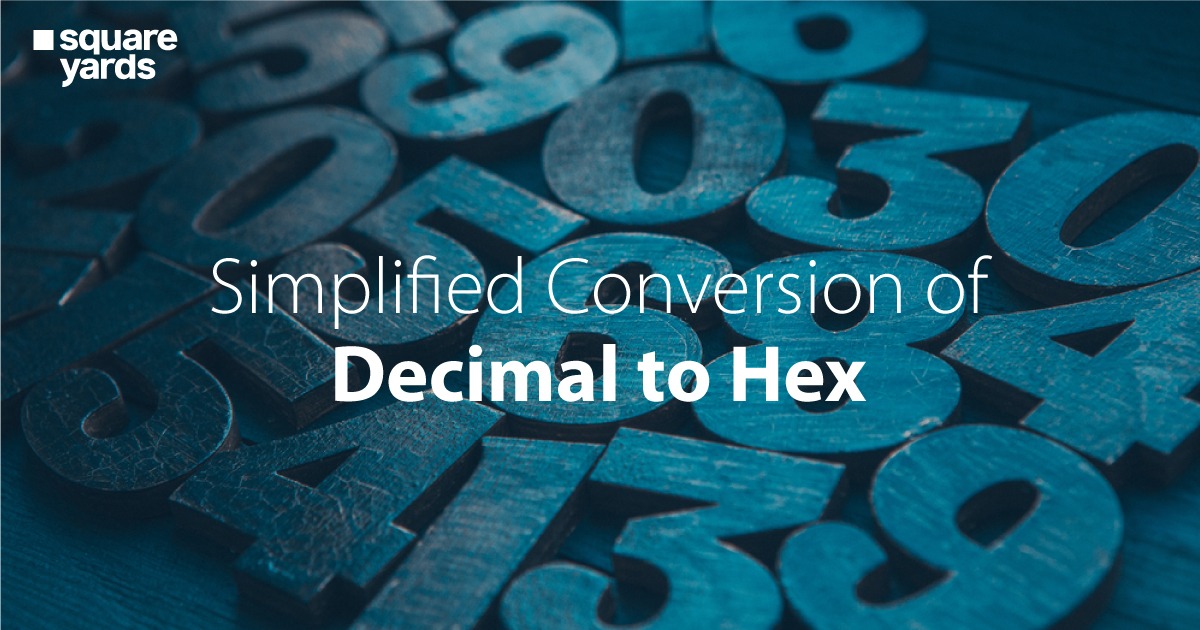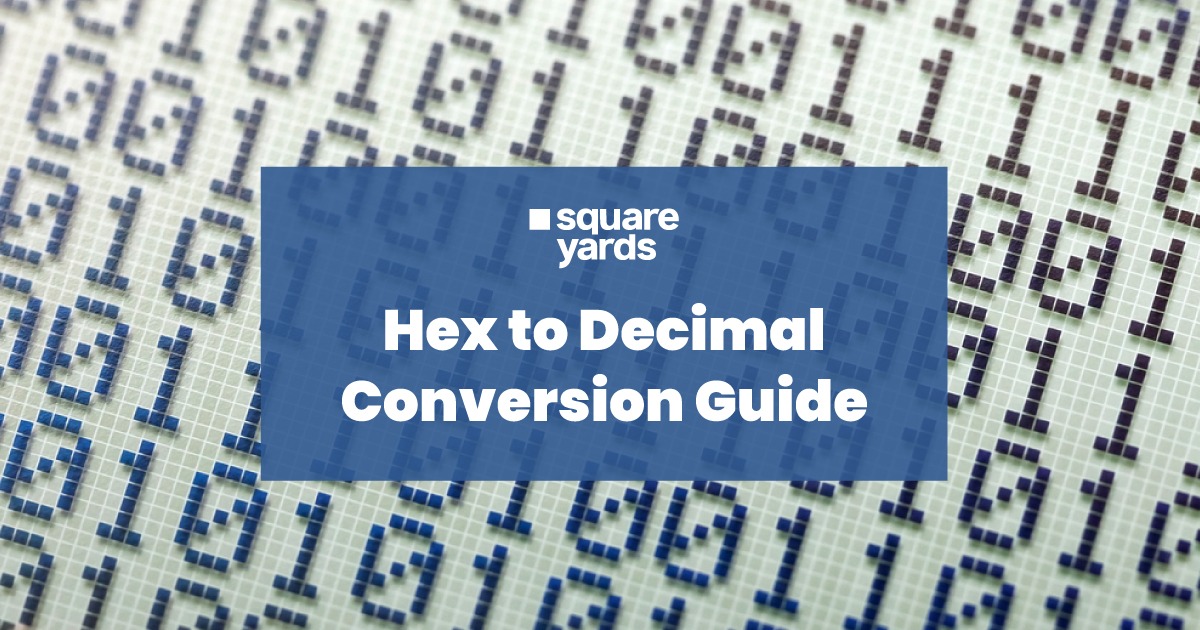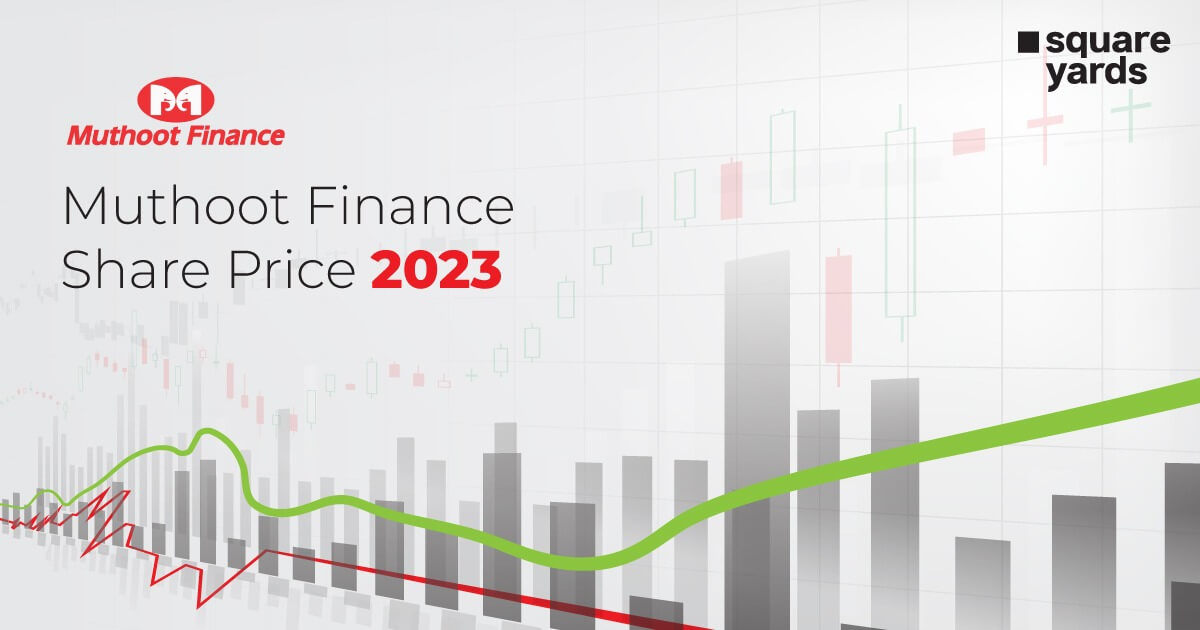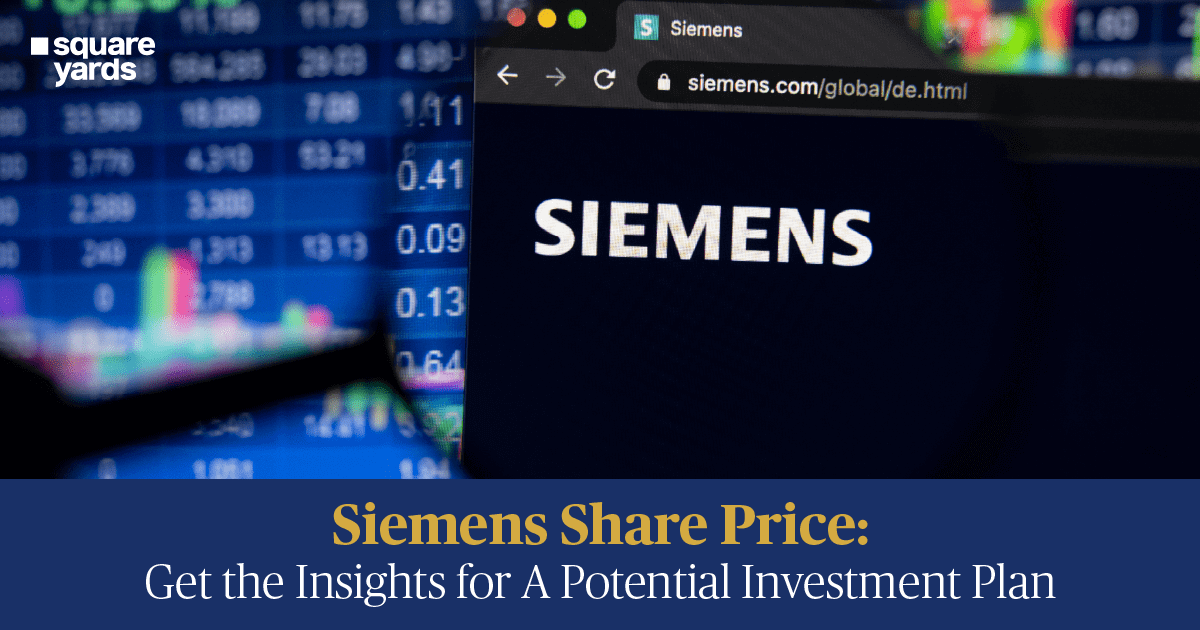The most widely used terminologies in reference to Stock Market Exchange in India are NSE, BSE, SENSEX and NIFTY. Newbies that wish to go into equities investing need to know what they’re talking about. You might be familiar with stock markets and stock exchanges, but do you know what the BSE, NSE, NIFTY, and SENSEX are? To grasp this, it’s necessary to first comprehend what these terms mean and how they differ from one another. Here’s a glossary to help you gauge what these terms represent.
What do SENSEX, BSE, NSE and NIFTY Mean?
Stock market is one of the most popular ways of investment in India. The country’s two main stock markets are the Bombay Stock Exchange (BSE) and the National Stock Exchange (NSE) (NSE). When a firm first issues its stock on a stock exchange, it is known as an initial public offering (IPO). Investors can then transact these shares in the secondary market.
Every stock exchange must have an index that tracks the performance of the market. The SENSEX is the standardisation or index of the Bombay Stock Exchange (BSE), whereas the NIFTY is the market index of the National Stock Exchange (NSE). On multiple instances, stocks worth INR 6,00,000 crores were traded on India’s two stock exchanges.
What are BSE and NSE?
Founded in 1994, the National Stock Exchange (NSE) is India’s largest stock exchange with reference to total and average daily equity share transactions. NSE offers a completely integrated enterprise model to put forward top-notch data and services to market contributors and clients. The NSE embraces trading services, stock market indices, exchange listings, data feeds and financial education offerings together with technology solutions. The National Stock Exchange sets the seal on the follow-up of the exchange’s rules and regulations. Every trading member, listed ventures and clearing members have to mandatorily follow the rules and regulations.
The Bombay Stock Exchange Ltd. (BSE), which was founded in 1875, is the world’s quickest stock exchange, currently having a speed of six microseconds. It provides a market for trading in stocks, currencies, financial products, treasury bonds, derivatives and mutual funds that is efficient and highly integrated. It has a national presence and a worldwide reach with an international clientele. The CDSL (Central Depository Services Ltd.) is responsible for providing depository services. India’s most widely followed stock market benchmark index is the S&P BSE SENSEX. It is traded worldwide on the EUREX as well as the leading BRICS exchanges.
Note: BRICS denotes a country set, i.e., Brazil, Russia, India, China, and South Africa.
Let’s delve deeper into these indices to see what makes them different.
Difference Between NSE and BSE
| Comparison Point | NSE | BSE |
| Brief | The National Stock Exchange (NSE), is largest stock exchange in India. In the country, they evolved as the first indices to put forward a fully automated, and screen-based system for trading. | The Bombay Stock Market (BSE), is not only India’s oldest and first stock exchange, but also Asia’s. Customers can trade at high speeds with them. |
| Establishment Date | This institution was established in 1992 but only received recognition in 1993. | BSE was founded in 1875, but the Central Government just recently recognised it as a main stock exchange. |
| Worldwide | The NSE is ranked 11th among the world’s largest stock exchanges. | The BSE, at the same time, is ranked 10th among the world’s largest stock exchanges. However, when NSE takes over, this status is under jeopardy. |
| Benchmark Index | NSE’s benchmark index is known as NIFTY 50, and it measures the top fifty largest & most liquid equities among the 1600+ stocks listed on the exchange. | BSE’s benchmark index, SENSEX, tracks the top thirty largest & most powerful corporations listed on the exchange. It is the country’s first equity index. |
| Network | The NSE network sprawls over 1500 cities. | Whereas, the BSE network is restricted to 450 cities. |
| Listed Enterprises | About 1700 enterprises are listed under the National Stock Exchange. | At the same time, about 5800 enterprises are listed under the Bombay Stock Exchange. |
| Liquidity | In comparison to the BSE, the NSE has more liquidity because it trades more volume. | Whereas, on the contrary, BSE is low in liquidity. |
| Market Capitalisation | US Dollars 2.27 trillion | US Dollars 2.3 trillion |
What are SENSEX and NIFTY?
The SENSEX, which is derived from the words “sensitive” and “index,” is the benchmark index (BSE) of the Bombay Stock Exchange.The SENSEX is also reiterated as the S&P BSE SENSEX by traders.The SENSEX is India’s former stock index and was established in 1986 and comprising the top 30 BSE-listed businesses across a wide range of sectors and industries.
The NIFTY, often known by the name of the National Stock Exchange Fifty, is the National Stock Exchange’s benchmark index (NSE). The index was first created in 1996, and traders refer to it as the CNX NIFTY or the NIFTY 50. The NIFTY includes the top 50 enterprises from various industries and sectors that are listed on the NSE.
See Also What is a Stock Exchange? | Definition, Types & Explanation
Difference Between SENSEX and NIFTY
| SENSEX | NIFTY |
| The Bombay Stock Exchange’s benchmark index is the SENSEX. | The NIFTY is the National Stock Exchange’s benchmark index. |
| It is India’s oldest stock index, having been established in 1986. | The NIFTY is a relatively new stock index, having been introduced in 1996. |
| The name SENSEX is a combination of the words “sensitive” and “index.” | The terms ‘national’ and ‘fifty’ are combined to form NIFTY. |
| The index includes the BSE’s top 30 publicly traded companies. | The index includes the BSE’s top 30 publicly traded companies. |
| The stock index includes companies from up to 13 distinct industries. | The NIFTY, at the same time, is a larger index that includes companies from a variety of industries. |
| The index is calculated using a base value of 100. | The index is calculated using a base value of 1000. |
| The year 1978-1979 is used as the basis year for calculating the SENSEX. | The year 1995 is used as the base year for calculating NIFTY. |
Stock Market Indices
A stock market index or stock index, is a metric that highlights crucial movements in the Indian stock market. To create an index, the same equities are chosen from among the securities already gathered and listed on the stock exchange.
The selection criteria, although, stem from the industry, the company size, and its market capitalisation. This indication is planned to reduce errors and trace the market’s correct position. The value of the index is affected by changes in the prices of the underlying assets.
The stock index will increase if the price rises, and the stock will fall if the price falls.
Types of Stock Market Indices
Broadly, the stock market indices are divided into three categories i.e. Benchmark Indices, Sectoral Indices and Market-Cap Based Indices.
Benchmark Indices
The NIFTY 50 index, which includes the top 50 best-performing stocks, and the BSE SENSEX index, which is made up of the top 30 best-performing companies, are indicators of the National Stock Exchange and the Bombay Stock Exchange, respectively.
Benchmark indexes are an amalgamation of stocks that use key practises to govern the companies they invest in. As a result, they are regarded as the most reliable source of information for the operation of markets.
Sectoral Indices
Both the BSE and the NSE have some effective metrics for measuring companies in a certain industry. S&P BSE Healthcare and NSE Pharma, for example, are regarded as prominent indicators of their respective shifts in the pharmaceutical industry.
S&P BSE PSU and NIFTY PSU Bank Indices are gauges of all public sector banks listed on the stock exchange. However, equivalent indexes aren’t needed for all the sectors in both exchanges but its a common occurrence.
Market-Cap Based Indices
Only a few indices choose firms as per the market capitalisation. Market capitalisation is the stock exchange’s market value of any publicly traded organisation.
S&P BSE and NSE small cap 50 indices are a collection of firms having a lower market capitalization, as defined by the Securities Exchange Board of India’s rules (SEBI).
Significance of a Stock Market Index
Stock market indexes are used to portray the state of the market in a concise manner. They assist investors in identifying market patterns. The stock market index is crucial for investors specifically for the below-depicted reasons:
Helps You in Stock Picking
On a single stock exchange, there are thousands of companies. Finding the right stock to invest in among so many options appears to be difficult and time-consuming. Without a standardised index, it’s difficult to determine the difference between two stocks, and sorting them is practically impossible. By allowing investors to discern between different stocks, a stock market index helps to alleviate this problem. It divides stock prices into categories based on industrial domain, venture size, financial impact, and other aspects.
See Also List of Stock Exchanges in India
Convenient Metric for Newbies
Investing in stocks includes a high level of risk, especially for rookie investors. Stock market indices such as the BSE SENSEX and the NSE NIFTY can help bridge the knowledge gap between rookie and experienced investors at times like these by offering a rudimentary depiction of market movements.
Reflects Investor Sentiment
Another significant reason stock market indexes are important is that they summarise the sentiments of those who trade on them on a daily basis. Certain equities, for example, begin to underperform during periods of political instability, suggesting investor uncertainty, fear about new reforms, and mandates. By examining the underlying feelings, investors can determine if the trend is short-term or long-term.
Passive Investment
Passive investment is when an investor invests in a similar portfolio of assets to duplicate the shares in a high-performing index. It’s called passive investing since it’s less time-consuming, requires less research, and allows you to buy multiple companies in a portfolio with a single click. The replica portfolio’s returns should be comparable to the index’s. Assume you have a portfolio similar to the NSE NIFTY. When the NSE NIFTY makes a 7% return, your portfolio is likely to make a 7% return as well.
A stock exchange is a regulated market where investors can easily buy or sell stock in a variety of companies. The National Stock Exchange (NSE) and the Bombay Stock Exchange (BSE) are India’s two largest stock exchanges. Both the NSE and the BSE provide a reliable internet trading platform and serve as indicators of India’s economic health.
Dedicate some time to exploring the stock exchange market and current trends in order to trade securely, and to gain a better understanding of how the NSE and BSE operate.
FAQs about NSE, NIFTY, BSE and SENSEX
Q1. Is the NSE and BSE the same thing?
No, BSE and NSE are not the same. Both are leading Indian stock exchanges. BSE is an abbreviation for the Bombay Stock Exchange, and NSE is an abbreviation for the National Stock Exchange.
Q2. Which is better between the NSE and BSE?
It is usually best to invest in BSE if you are a newbie. Although the NSE is preferable for seasoned investors, BSE is the best option if you are looking forward to investing in a new venture. At the same time, if you are a day trader or enjoy taking chances, then go ahead with the NSE.
Q3. Is the BSE or the NSE a secondary market?
The Bombay Stock Exchange as well as the National Stock Exchange, together with all other stock exchanges, fall into the category of secondary markets.


